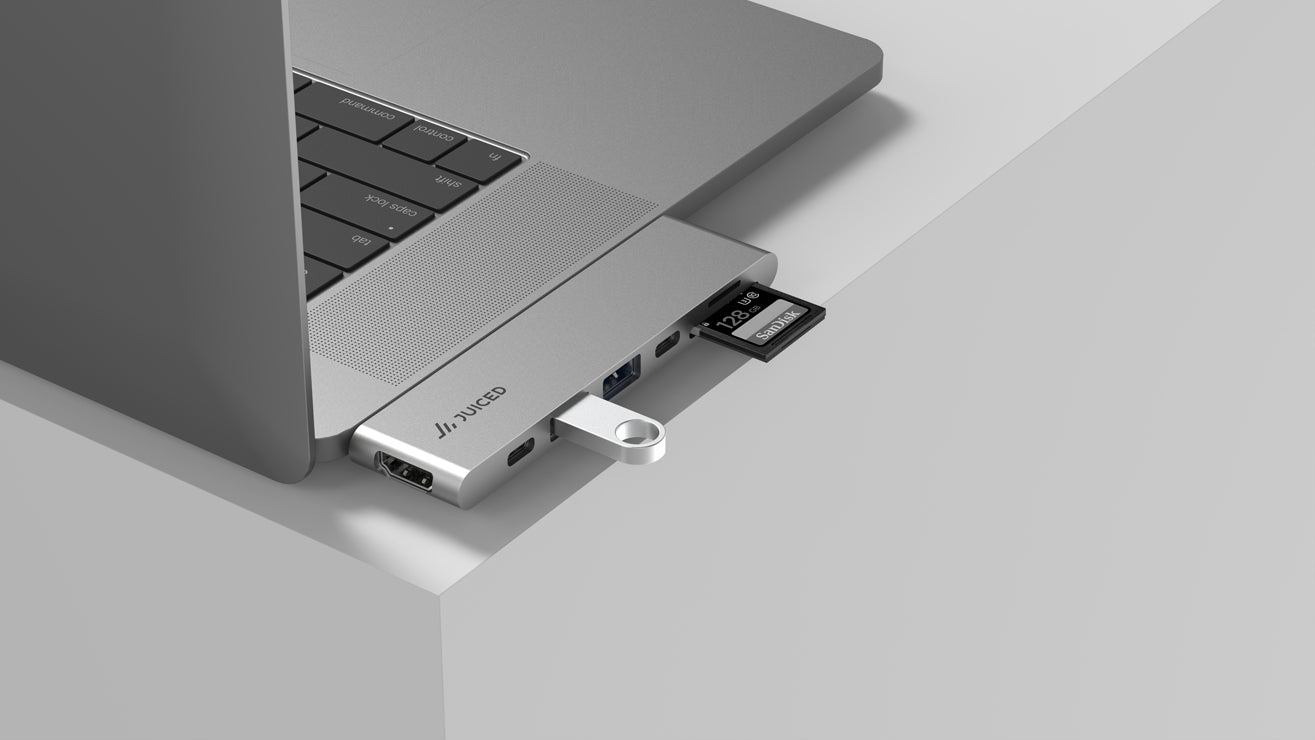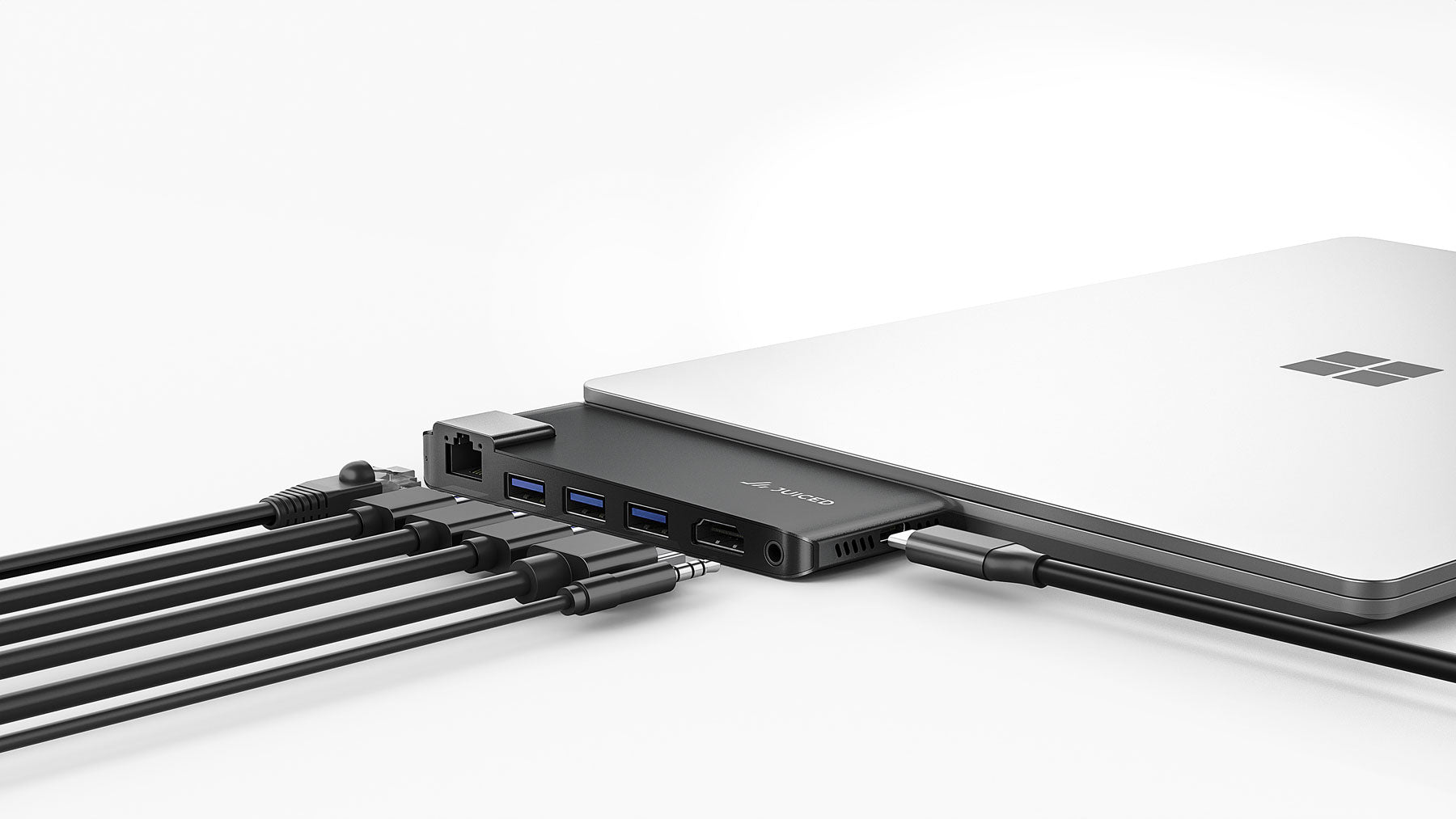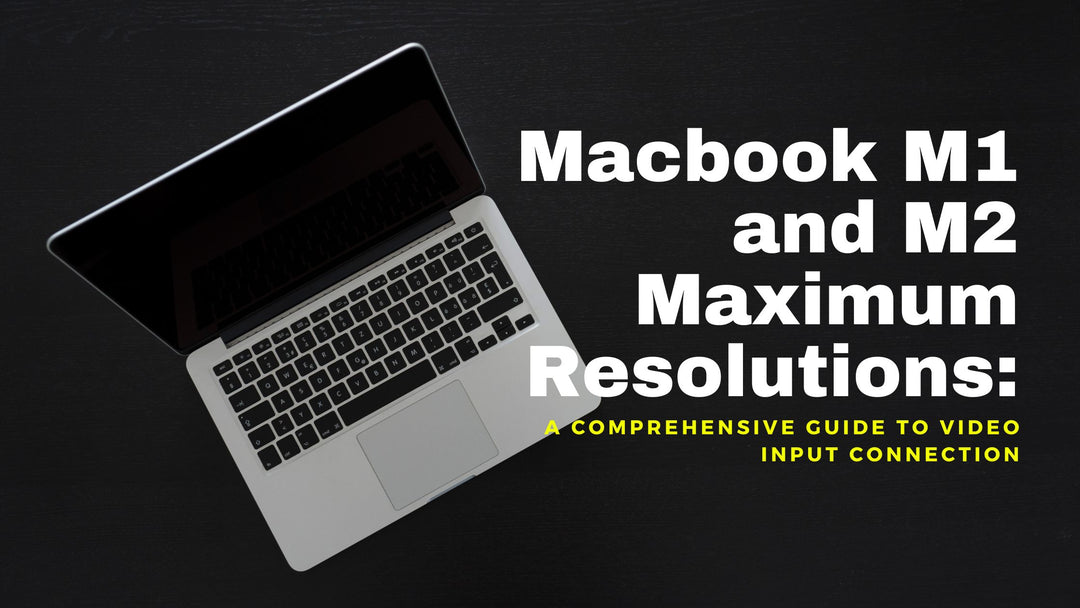A Borderless World: The Future of Fiber Optics and 5G
What Is the Future of Fiber Optics and 5G Networks?
There’s no doubt that the world has become increasingly smaller and smaller. The physical distance among different countries and continents seems to matter less as one can communicate and even engage in commerce, wherever we are, all with just a click of a few buttons. The development of the internet is already a feat in itself, but humanity’s insatiable quest for better and more efficient ways of conducting life activities has led us to another accomplishment: the discovery of fiber optics.
Fiber-optic technology uses light pulses to transmit digital data through thin long glass fibers that are bundled as cables and usually installed underground. This method of transmission promises high-speed data transfer that is less likely to suffer from electrometric interference or long periods of latency. Using fiber optics also reduces the occurrence of electrocution, fire, and other hazards that copper and similar cables are vulnerable to.
Those reasons alone provide enough impetus for certain industries, states, and countries to gradually integrate fiber optics into their ICT systems. However, the cost and the expansiveness of the project of rewiring the entire digital world pose a challenge in achieving such a lofty ambition.
What will be the impact of using fiber optics and 5G networks on the internet of things and on businesses everywhere around the world? Twelve IT experts share their thoughts on this important question, and their responses are sure to ignite an interesting discussion. Use these quick links to go directly to your favorite experts, or you can get comfortable and start scrolling (since they’re all epic responses anyway).
| Alan Pentz | Yaniv Masjedi |
| RJ Bardsley | Chris Shuptrine |
| Jim Turner | Samantha Hugo |
| Matteo Fragnan | Tyler Cooper |
| Alex Yang | Lexie Smith |
| Reuben Yonatan | Jamie Cambell |
Alan Pentz, Corner Alliance
As far as impact (and pros), I anticipate huge increases in bandwidth, which will enable the development of futuristic technologies, such as autonomous cars and artificial intelligence. This will also accelerate the use of an unlicensed spectrum/millimeter wave spectrum.
Some cons include limitations in distance—the wave spectrum can only accommodate over short distances, which omits many rural areas. Running fiber to these areas is also economically infeasible.
In the long-term, fiber optics/5G could create a different internet outside of urban areas, compounding the divide between the “haves” and have nots.” But it is a necessity, in order to maintain a national competitiveness with China and the multipolar world.

Alan Pentz is CEO of Corner Alliance, which works with government R&D leaders to tap innovation in the private sector. Alan and Corner Alliance have been working closely with the federal government to bring broadband access to rural areas and to improve the nation’s security and competitiveness through broadband communications.
RJ Bardsley, Racepoint Global
In reality, 5G’s biggest impact will be in driving efficiency in machine-to-machine or IoT implementations. But for most brands—including networks and phone makers—the important thing about 5G is the consumer promise. That promise starts with speed. The way it will be marketed to consumers is all about faster download speeds and better communication—latency-free conversations and movies downloaded in a minute. There will be a lot of industry-specific impacts—for example, the insurance industry is gearing up for new ways to use vast sums of immediate data to impact rate pricing and risk management.
But the challenge with 5G is that right now, marketing is way ahead of reality.
The long-term downside is that the consumer experience will not be immediate. Carriers will have to manage a major temporary letdown as consumers realize they will have to wait for much of the 5G promise. In fact, there is a significant risk to brands overpromising and underdelivering on the 5G experience.

As chief strategist of the Racepoint Global Technology Practice, RJ partners with clients to develop comprehensive communications strategies and breakthrough integrated campaigns. He taps into emerging and under-the-radar tech trends to ensure clients stay ahead on everything, from the IoT and connected cars to semiconductors and smart devices.
Over the course of his career, RJ has developed the voice for some of the biggest tech brands around the world, including Alibaba, ARM, Panasonic, MediaTek, Marvell, Huawei, Samsung, Sony, E Ink, and IBM.
Jim Turner, Intelligent Fiber
In the many schools of thought around 5G, some proponents believe that 5G will ultimately replace landlines and cell towers, meaning that fiber build-outs will be crucial to communication.
5G is a fiber-intensive technology and trying to manage spectrum, with minimal wavelength reach, presents a new challenge to the transport industry.
In order to keep up, existing fiber infrastructure will undoubtedly need to be updated as new buildouts occur to meet the high speed, high user bandwidth demands.

Jim Turner, the president and the CEO of Intelligent Fiber Network (IFN), dedicates every day to building sustainable, long-term value for IFN’s owners, customers, partners, and employees by ensuring that the right culture, strategic processes, and operating tools are in place for the company to thrive. Jim also serves as an elected member of the board of managers of INDATEL, a nationwide network of independent high-speed networks of which IFN is a member.
Matteo Fragnan, CSTeam
5G will arrive in 2020, and in order to achieve the goal of the “Gigabyte Society”, as said by European Union, there will be need of a huge fiber optics web, especially of FTTH type.
But this kind of infrastructure is expensive, so in the less profitable areas, fiber optics web should be funded by public administrations. If that will happen, then the physical infrastructure providers (PIPs) might adopt less expensive and hard to sustain pricing models for the network providers.
Matteo Fragnan graduated in natural sciences at the University of Padua, with experiences as PR for public administrations and marketing for digital companies.
Alex Yang, Tuya Smart
When it comes to smart home technology, there’s never enough bandwidth to go around. 5G will be a key technology to address this by making smart home devices go further, and eliminating some of the barriers to adopting IoT technology in the home and office.
By addressing the coverage issues that can sometimes happen with Bluetooth, Wi-Fi, or other communications technologies, 5G will help free connections, allowing for more devices to go online and become connected, while paving the way for real-time experiences with AI.

Alex Yang, cofounder and COO of Tuya Smart, has many years of international marketing and operations experience in manufacturing and Internet industries. Before Tuya Smart, Alex was with Alibaba, where he was responsible for marketing, channel management, and operations in key business sectors, including cloud e-commerce, cloud OS, and AliDelivery.
Reuben Yonatan, GetVOIP
The old days of PSTN are dying, and we’re thrilled to have been on the leading of VoIP. However, 5G is right around the corner, and those who do not prepare for that reality will experience a similar fate as those who failed to adapt to VoIP.
To that end, we’re preparing for a future of further unified communications:
- Personal and business lines and devices will merge into a single device.
- Less emphasis will be placed on physical location due to more remote capabilities.
- The Internet of Things will grow beyond smart refrigerators.
- Into automated workflows and personal lives will streamline many users’ consumer habits to the point that many decisions will be made subconsciously or behind the scene.

Reuben Yonatan is the founder and CEO of GetVOIP.
Yaniv Masjedi, Nextiva
Users are going to see even greater diversity in the functionality of their daily handheld devices. We’ll likely see further unification between desktops, laptops, tablets, and cell phones.
Those who do maintain household lines will have express purposes for them, as their last holdout use of serving as a fax or business line will soon be irrelevant.
Away from home, 5G will also allow users to maintain in direct contact with their place of business or residence through a control panel linked to any number of IoT-enabled devices.

Yaniv Masjedi is the CMO at Nextiva.
Chris Shuptrine, Adzerk
The advent of the 5G era is being looked upon with a lot of anticipation both by the technology aficionados and laypeople.
5G promises to connect people through an exceedingly smart network and an equally smart array of gadgets. This promises to take innovation to a hitherto unimaginable level. But for that to happen, the existing network infrastructure requires a massive revamp and upgrade.
For one to fully leverage the capabilities of a 5G network, one needs to look at a much denser fiber network than is currently available. This translates to a huge demand for an enhanced fiber network.

A seasoned 10-plus-year ad tech marketer, Chris has experience in all things ad-related, from PPC, to app marketing, to branding, to designing ad platforms. He is currently the VP of marketing at Adzerk, an API platform that makes it easy to build and launch an in-house ad server.
Previously, he was VP of product marketing at Fiksu, a mobile marketing DSP, which he helped grow from 8 employees to over 300 before its acquisition. Chris lives in Durham, North Carolina, but has yet to join the Duke or UNC bandwagon. (Go, Hoos!)
Samantha Hugo, Hugomatica
Fiber optics is the backbone technology that is now connecting cell towers to the internet. That enables carriers to move much more data between cell devices and the internet and back. And 5G is the mobile portion of the cellular network which also is providing higher capacity and speeds.
So with 5G and fiber, everyone will be able to access 10 times as much data as before.
Fiber to Cell Towers + 5G = More Entertainment + Higher Cell Phone Bills
With fiber connecting cell towers and 5G, the capacity and speed for data downloads is going increase approximately tenfold. Currently, the average consumer uses 2 gig of data per month.
In the past, the available bandwidth was quickly consumed by new applications or behaviors. Suddenly, streaming higher quality video will be faster (with less buffering), and therefore, that will be a temptation that is hard to resist.
So over the next several years, average consumer usage could increase to 20 gig per month.
How will that impact consumer CELL PHONE BILLS?
Here is the deal. If you have an unlimited domestic plan, you should be fine for data usage in your home country. If you do not have an unlimited plan, then your 2 gig plan could easily be exceeded.
So, you could be paying $20 a month for 2 gig of data before fiber optics plus 5G were deployed . . . and if you don’t move to a higher plan, and you use 20 gig of data, you could end up paying $290 per month (assuming $15 per gig for data above the 2 gig amount).
For international travel, the impact could be much larger. Although most people try to minimize their data usage when traveling, it is easy to forget and 5G will make constant data connectivity even more additive.
With a rate of $2.05 per Meg for data above 2 gig for some countries, even a 1 gig overage would be an extra $2,050 cell bill. Imagine going over by 10 gig (hard to do before 5G), that would be an extra $20,500 charge on your cell bill!

As an app developer and avid cell phone user, I noticed that the number of stories of people getting hit with huge cellular bills seemed to be increasing, and I didn't want that to be me. I did not forecast the evolution to higher cellular speeds, but it is fortuitous.
Tyler Cooper, BroadbandNow
The future of both wired and wireless technology in America is not set in stone.
In an ideal world, the entire nation would be wired up with ultrafast fiber optic cables, but running lines to even a single home can cost thousands of dollars, which presents challenges in scaling to rural communities.
5G represents a promising opportunity to bring robust wireless broadband service to millions, but municipal issues with small cell technology and concerns over cybersecurity may hamper the technology’s progress in the near term.
As we look to the future, both of these mediums have a role to play in closing the digital divide and bringing high-speed broadband connectivity to every American household, alongside ambitious moonshot projects like Low Earth orbit satellite arrays.
As for which technology will be dominant in the future? That remains to be seen.

Tyler Cooper is the consumer policy expert and editor at BroadbandNow. He has more than a decade of experience in IT and networking and, since 2015, has been writing about broadband issues such as the digital divide, net neutrality, cybersecurity, and internet access.
Lexie Smith, GeoLinks
While different technologies, I do believe fiber and 5G share a commonality when we look towards the future. Neither technology is a “one size fits all solution.” Fiber is great—but it’s incredibly expensive and slow to deploy, making it an unrealistic solution for much of rural America.
5G’s promise to deliver higher bandwidth, lower latency, reduced packet loss, and overall increased system capacity than its 4G and 3G predecessors, is still generating both high expectations and severe skepticism. There are still countless issues with the technology, such as your hand or body blocking the signal.
Ultimately, when we look towards the future of broadband and IoT, all existing technologies—from fixed wireless, to satellite, to fiber, etc.—have advantages and disadvantages. However, they all solve a need and, when used together, can eventually close the digital divide.

Lexie Smith serves as the VP of business development, leading public relations, marketing, and business development at GeoLinks, California’s fastest-growing Telecom, and Inc. Magazine’s Inc. 5000 Fastest Growing WISP in America.
Jamie Cambel, Gobestvpn.com
Pros
Things will simply run faster. Not only will 5G reduce latency, but overall download and upload speeds will be increased as well. I’ve even read that 5G offers maximum latency of 4 ms down from 20 ms on LTE.
Cons
Although it will be relatively simple to install proper devices to leverage 5G in homes and offices, it will still take resources to roll out. For large corporations, this rollout may be a bit troublesome if they are not well-prepared.
The impact on users is generally good. Faster response times means better user experience across all fronts. I hope telcos won’t use this as a reason to bump up the prices, but I have a feeling they will.

I’m Jamie Cambell, a cybersecurity expert (ex-Google, PhD, MS in computer science at the University of California, Berkeley), and I’ve helped multiple Fortune 500 companies with security issues. I’m the founder of Gobestvpn.com, where I help consumers protect their digital privacy through education.
Key Takeaways
Based on the answers above, one can anticipate the following effects should we usher in the age of fiber optics:
- An increase in bandwidth and in the functionality and capacity of devices
- The elimination of latency
- The reduction of packet loss
- A possible rise in consumer usage
Fiber optics is changing the way humans conduct business and live their everyday lives. The assurances of a safe, stable, and speedy connection and of increased functionality in devices are crucial in a world that is highly dependent on technology to build a better tomorrow for the present and future generations, unhindered by geography.









